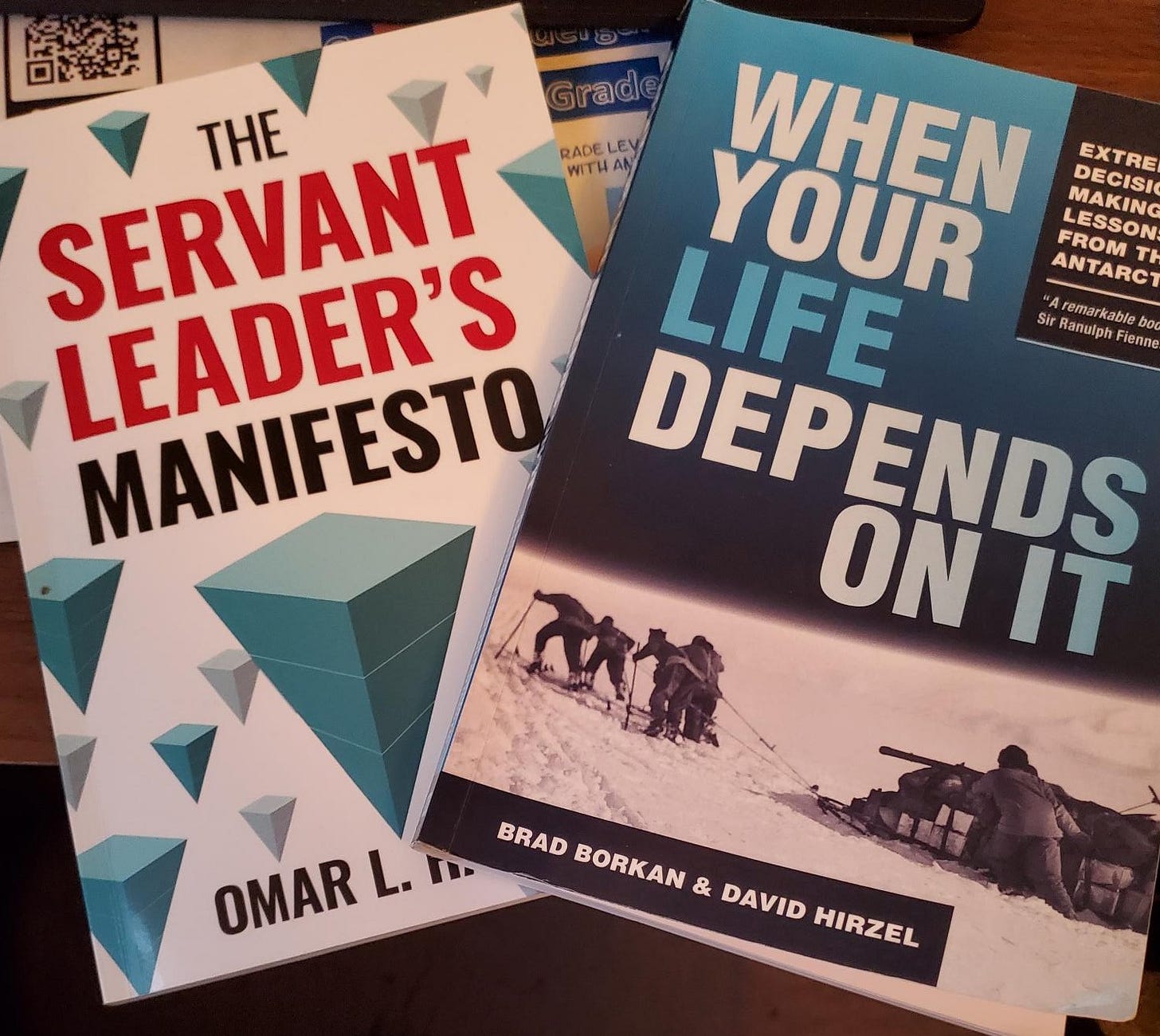Servant Leader's Manifesto & When Your Life Depends on It
Omar L. Harris / Brad Borkan & David Hirzel
The Servant Leader’s Manifesto
By Omar L. Harris
Servant Leader, a title often claimed but is it truly understood, and concepts put into practice? As a military leader coming up through the ranks in the late ’90s, and early 2000s I am all too familiar with the top-down style of leadership and for a time it was my style of leadership. We had a line in our …
Keep reading with a 7-day free trial
Subscribe to The Emergency Management Network to keep reading this post and get 7 days of free access to the full post archives.




